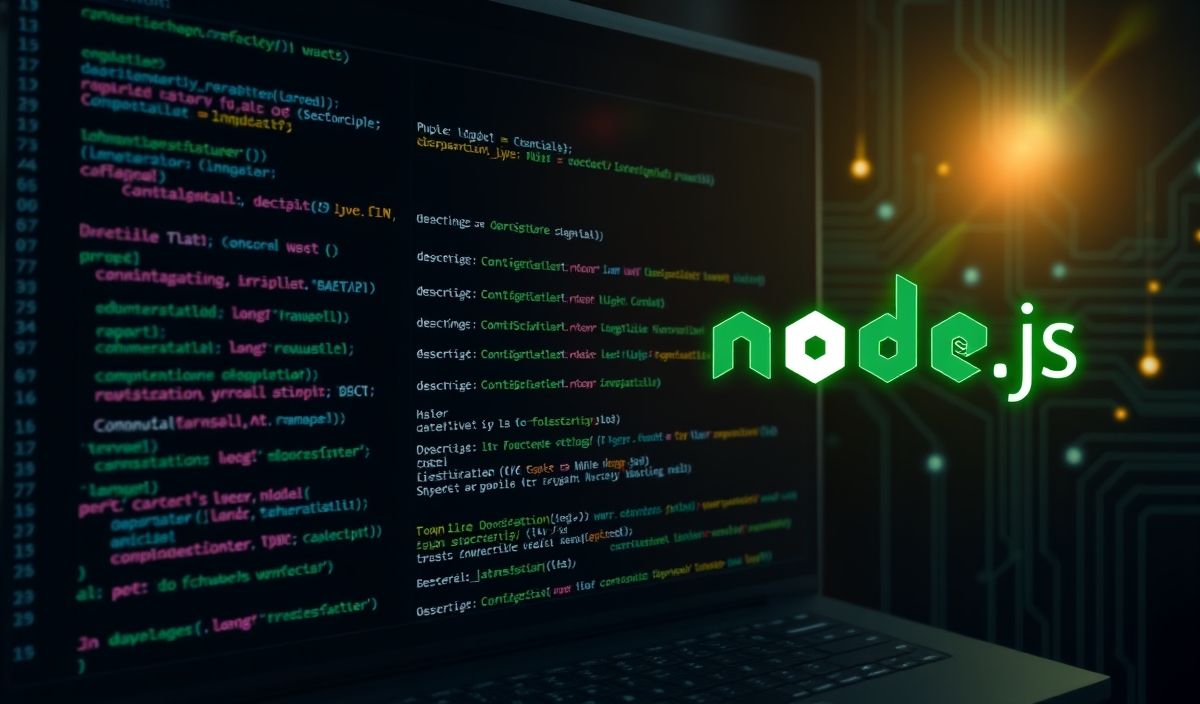Comprehensive Guide to json-server for Efficient API Development
Json-server is a module that provides you with a simple way to set up a RESTful JSON-based API. It is highly effective for prototyping and mocking, allowing developers to focus more on the application instead of spending too much time on back-end intricacies.
Getting Started
To get started with json-server, first, you need to install it using npm:
npm install -g json-serverCreate a db.json file that will act as your database and write the following structure:
{
"posts": [
{ "id": 1, "title": "json-server", "author": "typicode" }
],
"comments": [
{ "id": 1, "body": "some comment", "postId": 1 }
],
"profile": { "name": "typicode" }
} Running the Server
Once your db.json is set up, you can start the server with:
json-server --watch db.jsonBy default, json-server will be available on http://localhost:3000.
API Endpoints
json-server automatically creates an API from the db.json you provided. Here are some example endpoints:
Fetch All Posts
GET /postsExample Response:
[
{ "id": 1, "title": "json-server", "author": "typicode" }
] Fetch a Single Post
GET /posts/1Example Response:
{ "id": 1, "title": "json-server", "author": "typicode" } Create a New Post
POST /postsRequest Body:
{ "title": "new post", "author": "author name" } Example Response:
{ "id": 2, "title": "new post", "author": "author name" } Update a Post
PUT /posts/1Request Body:
{ "title": "updated title", "author": "updated author" } Example Response:
{ "id": 1, "title": "updated title", "author": "updated author" } Delete a Post
DELETE /posts/1Complete Application Example
Let’s build a simple application where we can view, create, update, and delete posts using json-server.
HTML Code
Simple Blog
Simple Blog
With the above setup, you have a simple blog application fetching data from json-server.
Hash: 6f3ee38d88aa6dde9967b8b7a821c8be6caa027a327298ba6684921c3f8b78c2




